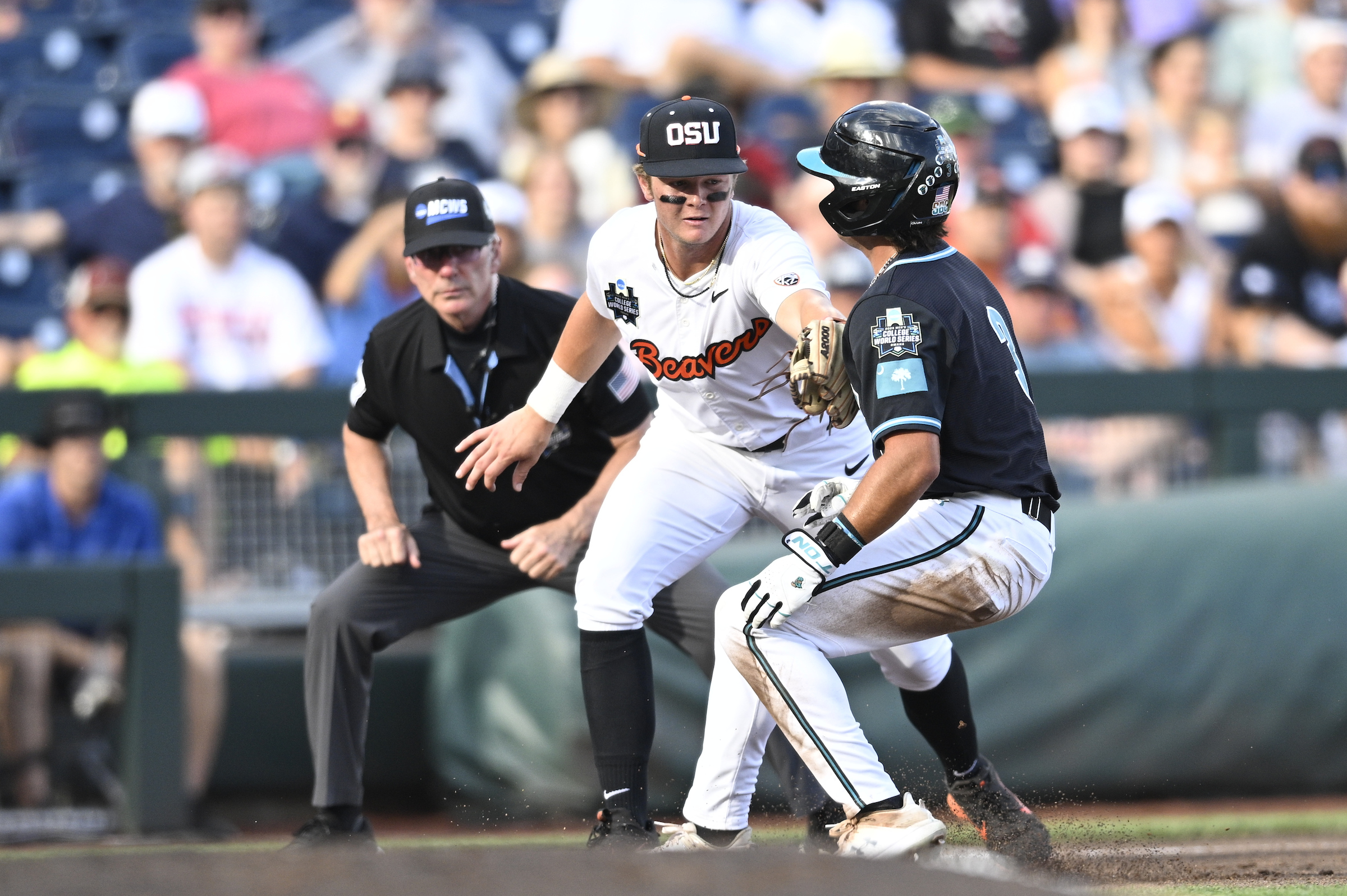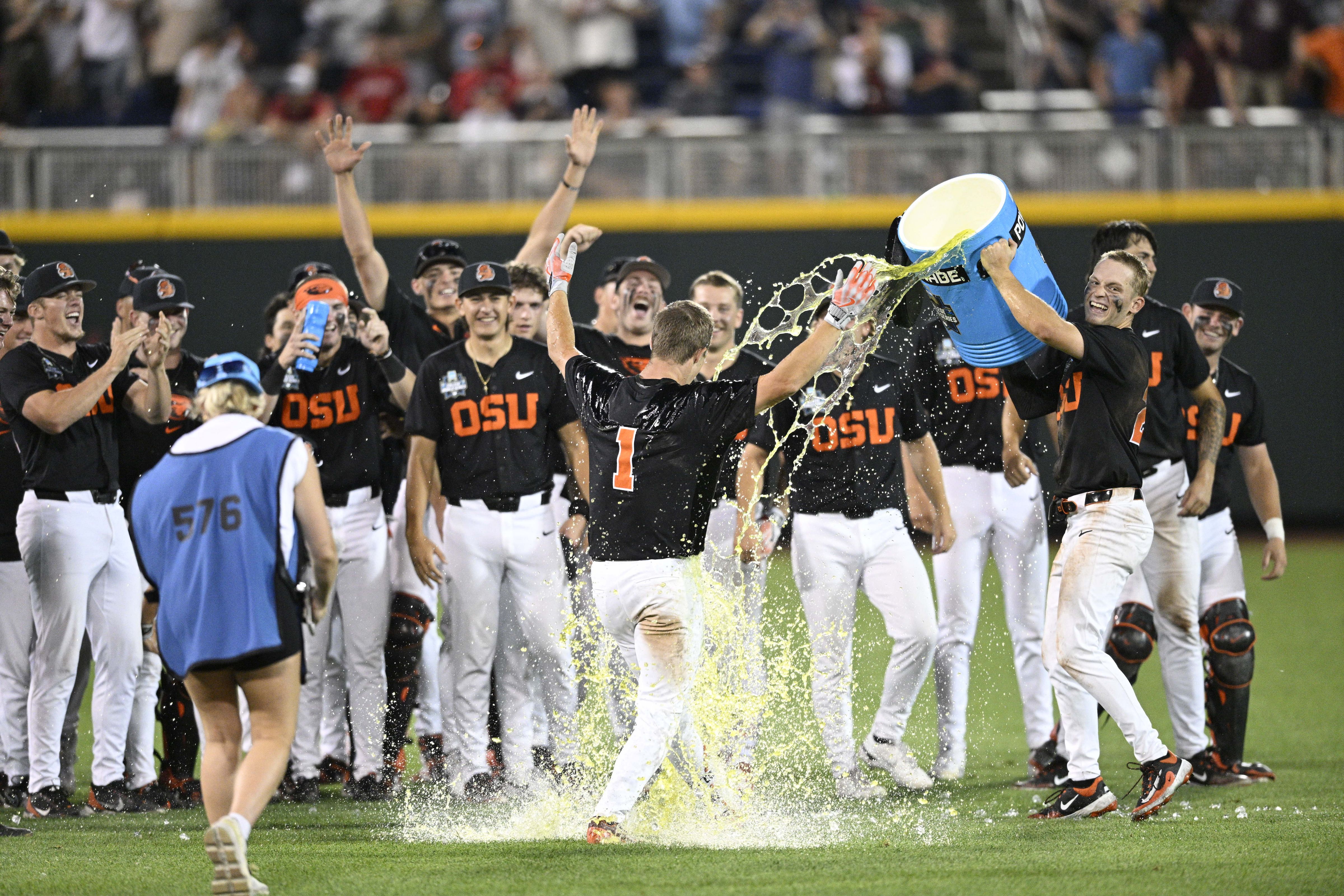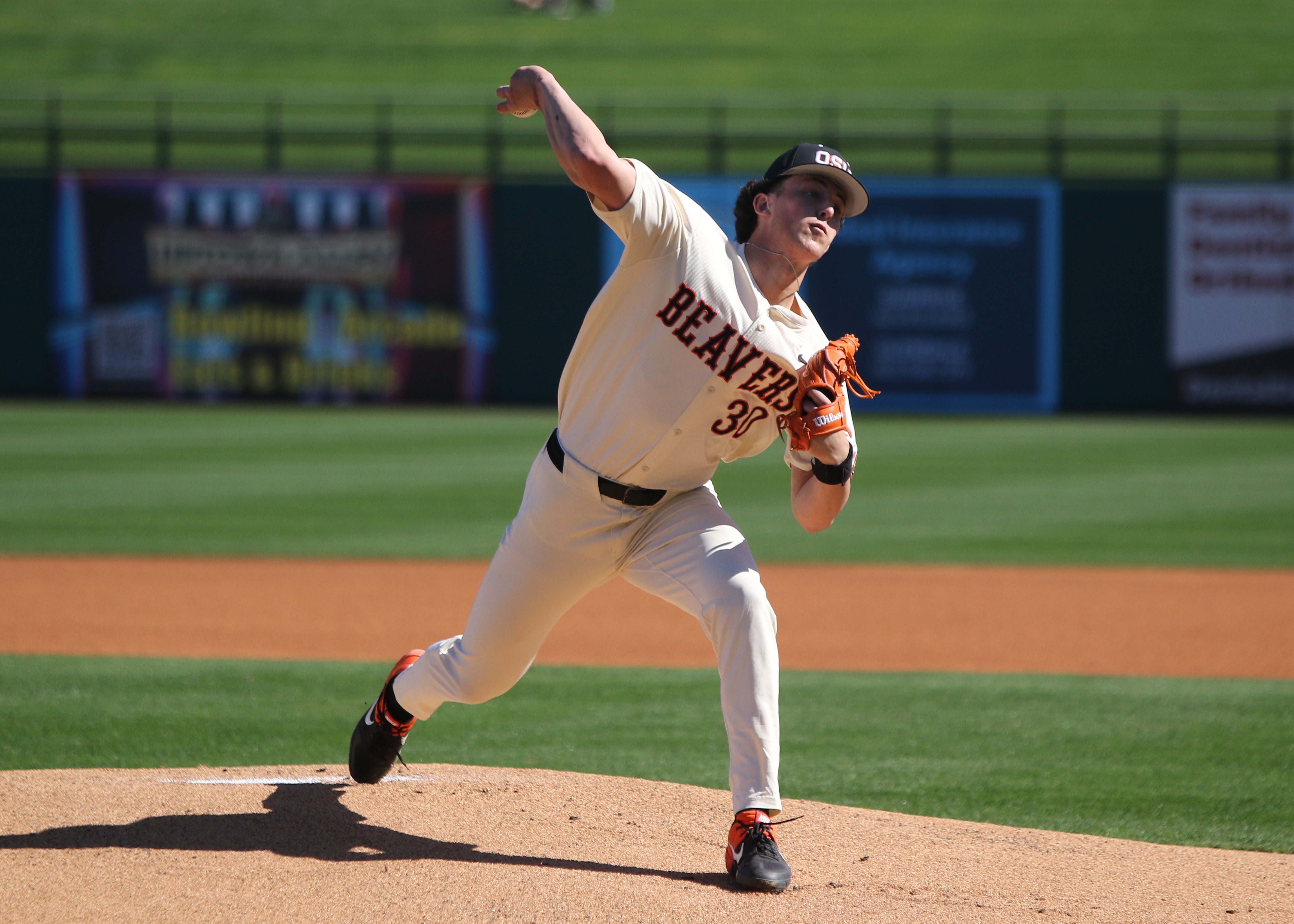Hometown wind
Published 5:00 am Friday, August 26, 2005
Michael Heidenreich leans back and finds just the right spot – a delicate balance between his sail and the wind. A gust bears down, and his board skims the surface as he rips across Elk Lake at nearly 30 mph, his face a sublime mix of concentration and joy.
”I’ve done many things – ran marathons, Nordic (ski) raced, mountain biked,” Heidenreich says. ”There’s nothing that makes me more happy than windsurfing. There’s a balance and a beauty to it that’s unmatched.”
Heidenreich usually does not leave Central Oregon to find that happiness. The windsurfer is part of a thriving community of local sailboarders who find sufficient wind on nearby Cascade lakes, although the most highly regarded windsurfing destination in the world – the Columbia River Gorge – is some three hours north by car.
”The rule is you don’t leave wind to find wind,” says Randall Barna of Bend, who actually ran a windsurfing school on Elk Lake in the early 1980s.
Heidenreich and Barna are two of about 10 avid windsurfers from Central Oregon who rarely leave home to pursue their sport. The two sailors did, however, travel to Hood River – in the heart of the Gorge – for the U.S. Windsurfing Nationals. Heidenreich, 33, claimed the national title in the one-design category, in which competitors all race with the same gear. Barna was ninth in the same division.
Heidenreich trains close to home on Elk, Cultus and Odell lakes, and Wickiup Reservoir. These water bodies, he says, are blessed with a fair amount of wind, but nothing in comparison with the world-renowned gusts of the Columbia River Gorge. Still, advances in windsurfing gear over the past several years have allowed for sailboarders to thrive on these local lakes.
Sails are larger and lighter now, and boards are wider, making windsurfing possible – and fun – even in light wind conditions, according to Barna.
”New development has made it more fun,” explains Barna, 55, who sells boards and sails out of the garage of his home in northwest Bend. ”The bigger sails got lighter, and their shape covers a wide range of wind conditions, from two miles per hour to 30 miles per hour.”
Still, Heidenreich says many local windsurfers forsake Central Oregon waters for the gusty Gorge.
”The Gorge is the scene, and Central Oregon is not really on the map,” Heidenreich says. ”But you can sail in these conditions and have a great time. A lot of people never give Central Oregon a shot.”
But for competition, local windsurfers must travel to Hood River. Competitive disciplines in the sport include course racing – in which Heidenreich competes – freestyle, wave, slalom and Super X. In the freestyle and wave categories, competitors perform tricks such as front loops (front flips), and Super X is a blend of racing and freestyle, much like snowboarding’s boardercross.
Barna says the cost for a sail and board for a beginner is $1,500 to $1,700, and competitive equipment runs about $2,700.
Learning the fundamentals of windsurfing was once extremely difficult. But with advances in the gear, Barna says, that’s no longer the case.
”People who haven’t looked into the sport in the last five years wouldn’t believe it,” says Barna, who often windsurfs with his wife, Cristina Acosta, and their daughter, 11-year-old Isabella Barna. ”With new gear, there’s been a lot more interest. Windsurfing was known to be hard to learn, and that’s not the case anymore. But it takes skill to convert the wind’s force into forward motion.”
Windsurfers always try to position themselves with the wind at their back. Once on the board, they grab with both hands the boom – a raillike handle that wraps around the entire sail – and begin trimming: moving the sail back and forth, a constant adjustment to the wind. Once moving, windsurfers turn upwind, or ”tack,” by walking around the sail to the other side. They turn downwind, or ”jibe,” by letting the sail rotate around them and then grabbing the other side of the boom.
A strong gust can send a windsurfer planing, as the board lifts up out of the water and skims across the surface. It is while planing that windsurfers reach their highest speeds. Leaning back in a harness attached to the boom, they feel a sort of weightlessness, according to Heidenreich.
”You find this comfortable place, and the first thing it makes you want to do is scream at the top of your lungs, or sing,” Heidenreich says.
Heidenreich, a Web developer and graphic designer, moved to Bend from Ohio in 1994. He began windsurfing at age 12 on Lake Erie with his father and brother.
Barna and Heidenreich plan to compete next month in the RS:X Windsurfing Pacific Coast Championship at the St. Francis Yacht Club in San Francisco.
The national champion in one-design, Heidenreich talks of eventually competing in the Olympics, where one-design is the windsurfing discipline. But, he admits: ”Who knows if I have a shot in hell of being an Olympian?”
Barna and Heidenreich have sailed together for 10 years, and they usually gather with other local windsurfers at Elk Lake on Wednesdays and Sundays during the summer and early fall. Barna’s wife and daughter usually tag along.
”It’s a beautiful way to see the water,” says Acosta, Barna’s wife. ”I never used to be aware of the weather patterns in the summer, now I always notice the direction of the wind and if a front’s coming in. It brought me closer to nature.”
After setting up sails for his wife and his daughter, Barna is the last one on the water.
”This is typical,” he says, and in moments he’s cruising the middle of the lake, joining four other windsurfers.
The five sails soon weave around each other peacefully, powered by the cool wind as the sun sets on Elk Lake.
For more information on windsurfing in Central Oregon, contact Barna at 389-4547.
Mark Morical can be reached at 541-383-0318 or at mmorical@bendbulletin.com.






